Affiliate links on Android Authority may earn us a commission. Learn more.
120Hz adaptive displays: the future or just a gimmick?
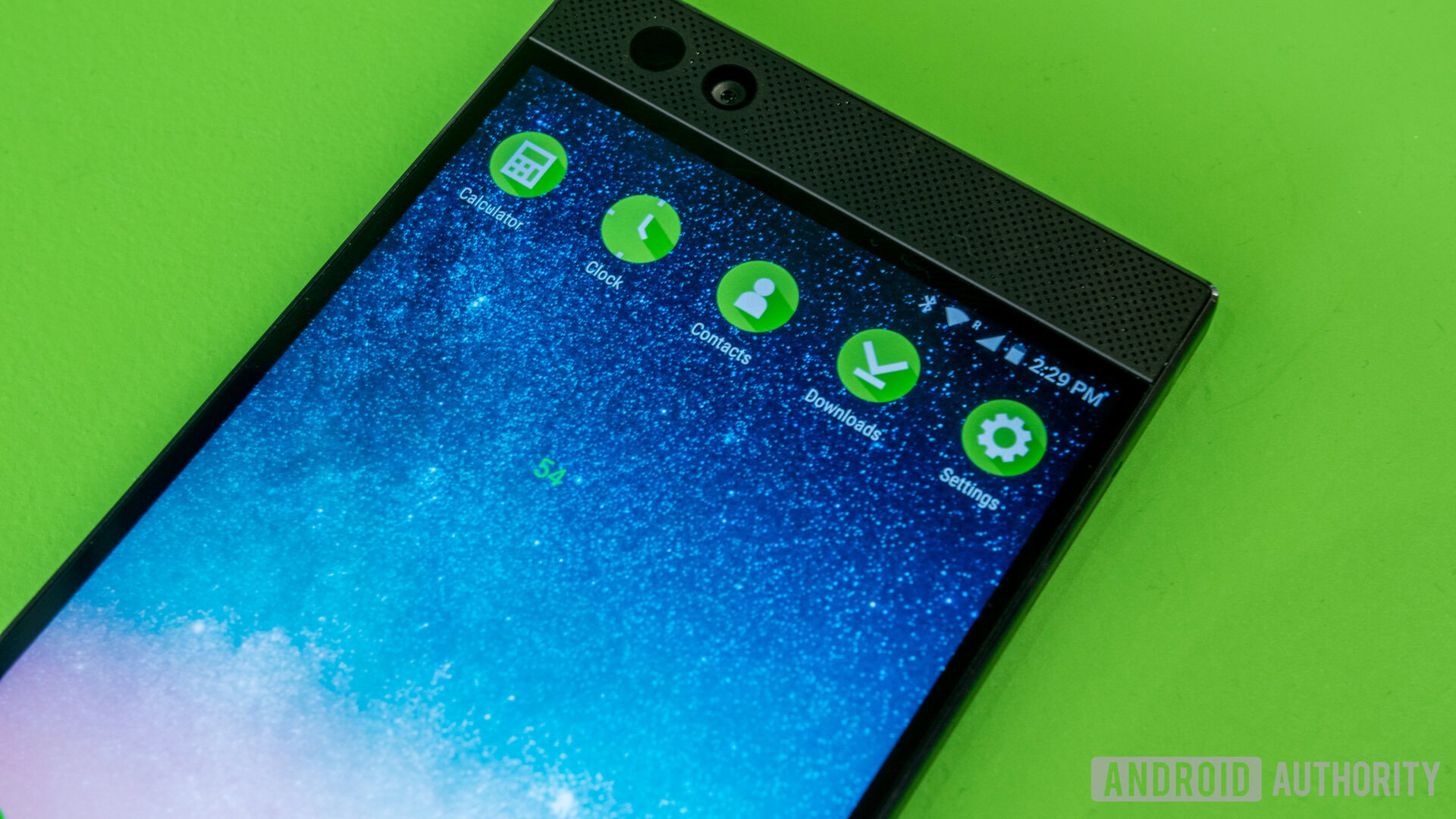
When we talk about the future of mobile displays, much of the focus has been on the continued transition to OLED, the emergence of bezelless designs, and the possibility of bendable and flexible models on the horizon. However, there’s also a less talked about trend: a drive towards displays with even higher refresh rates, variable refresh rates, and support for high dynamic range content.
Of course, this year’s Galaxy S8 and LG G6 already support some HDR formats, and 60Hz is buttery smooth for UI animations, gaming, and high frame rate video playback. We’ve seen other handsets push the envelope in this regard too, with some of Sharp’s Aquos range boasting 120Hz display capabilities already, and its latest Aquos R doing so with a QHD resolution, HDR10 support, and Snapdragon 835 package in tow. (In case you’re not sure what we’re talking about, refresh rate is the speed that your display updates its picture each second.)
Talk of high refresh rates cropped up earlier this year when Apple unveiled its latest iPad Pro, complete with a 120Hz “ProMotion” display that the company says will enable a more fluid response when zooming in on images or scrolling through text. There are also advantages when it comes to higher refresh rates for gaming, and that’s what Razer is targeting with its new Razer Phone. Here the company has utilized an IGZO panel that works with Ultra Motion technology, NVIDIA’s mobile version of G-Sync for desktop monitors. This synchronizes the output of the GPU with the refresh rate, allowing it to vary from between 10 and 120 Hz to smooth out any screen tearing and helping to keep games feeling responsive.
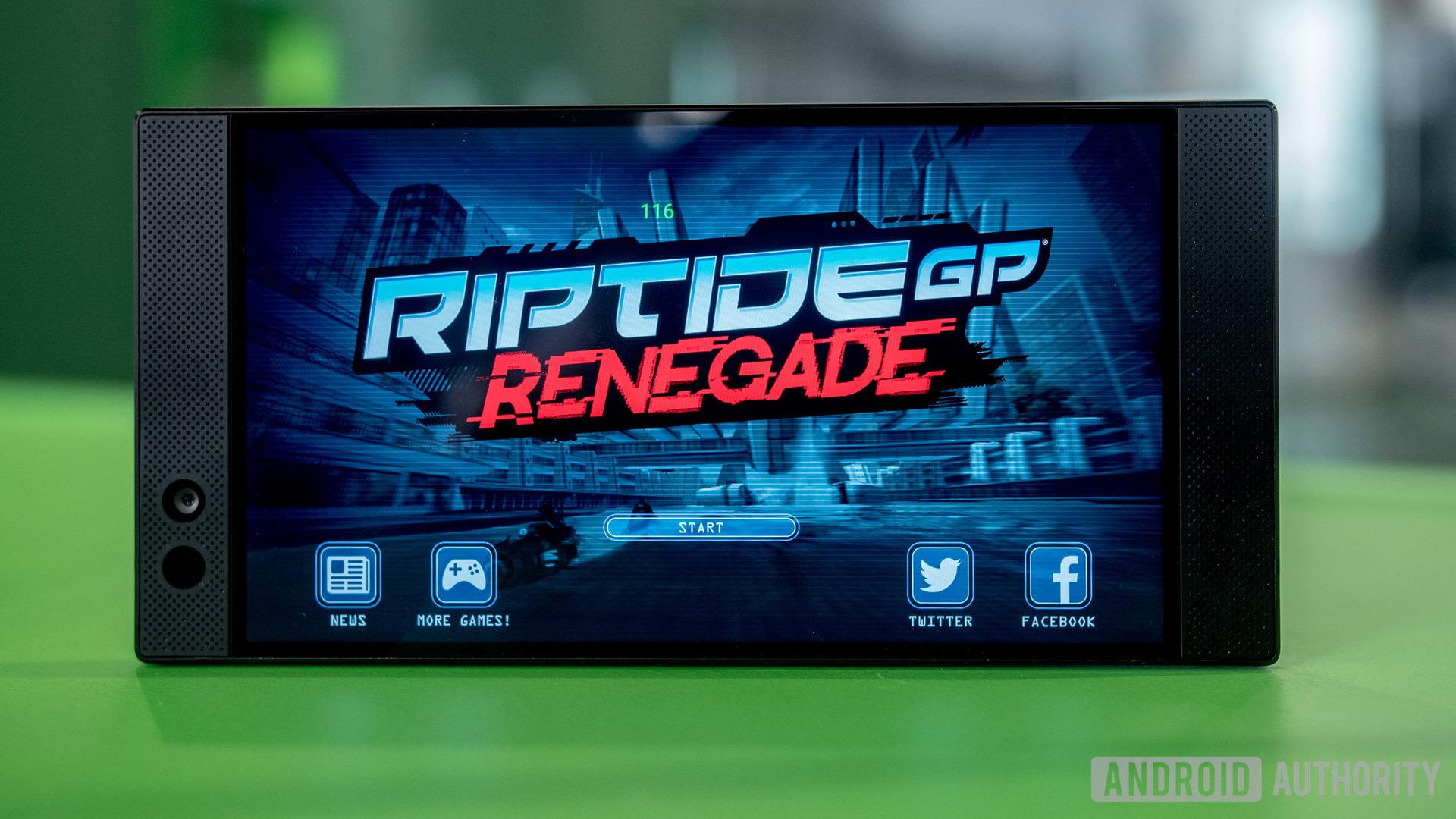
It’s certainly true that 120Hz can make motion look that bit smoother – just ask anyone with a 120 or 144 Hz PC monitor – and in the mobile space this interaction is also reliant on having a fast, accurate, and responsive touch element embedded in your display too. The big question is, does this jump make as much sense in the smartphone space?
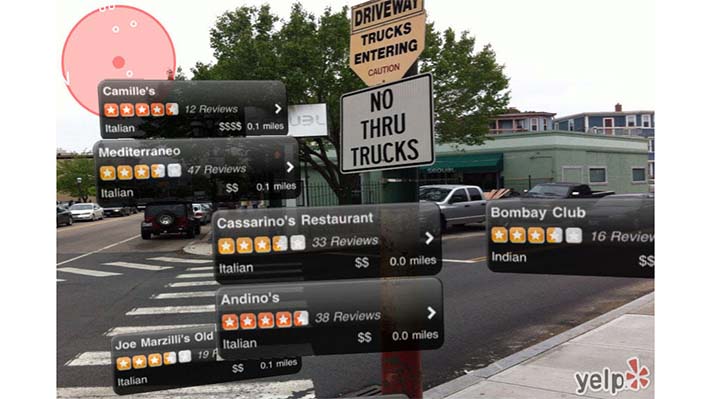
I’m not one to turn down improved specifications, even if the jump from 60Hz to 120Hz isn’t going to make the world of difference when you’re simply moving in and out of apps or swiping around the UI. 17ms latency is already plenty good enough for that and some apps aren’t running at a consistent 60fps anyway. However, faster is potentially better, and when it comes to a future where we have to consider augmented and virtual reality applications too, the adoption of faster refresh rates has some even more notable benefits.
Boosting the refresh rate to 90Hz or above won't help with apps that are already running under 60fps, which is sometimes an issue across both Android and iOS.
It’s worth noting that 120Hz frame rates have been supported on the hardware side in the Android space for a while now, with the Snapdragon 8XX series, HiSilicon’s latest Kirin 960, and a selection of MediaTek SoCs from the Helio X10 onward supporting 120Hz panels at a variety of resolutions. So it’s not SoCs that are keeping this a niche technology, the issues tend to be found with content and sustaining performance.
Instead, most devices and apps are locked to a 60Hz refresh rate in software in order to ensure consistent performance and avoid screen tearing, even if the display is capable of much higher rates. This was demonstrated when it was discovered that Samsung smartphone panels were used in the Oculus Rift DK2 running at 75Hz, compared to the same panels running at 60Hz on smartphones. Going back to the Razer Phone, the company is working with some gaming developers to make use of the full refresh rate, so even with a 120 Hz phone we can’t expect universal software support yet.
To solve the performance issues, we have seen the introduction of adaptive refresh technologies, such as in the Razer Phone, which matches the exact GPU output with the refresh rate of the display. This eliminates screen tearing and also means that panels can refresh slower, thereby saving on power, when watching lower frame rate videos or running less intensive apps. This technology is already available inside a number of panels thanks to ideas like NVIDIA’s G-Sync and the open platform DisplayPort Adaptive-Sync. Qualcomm’s Snapdragon 835 introduced its own version called Q-Sync, which works on the same principle. Adaptive refresh technology was also one of the talking points in the presentation of Apple’s new tablet.

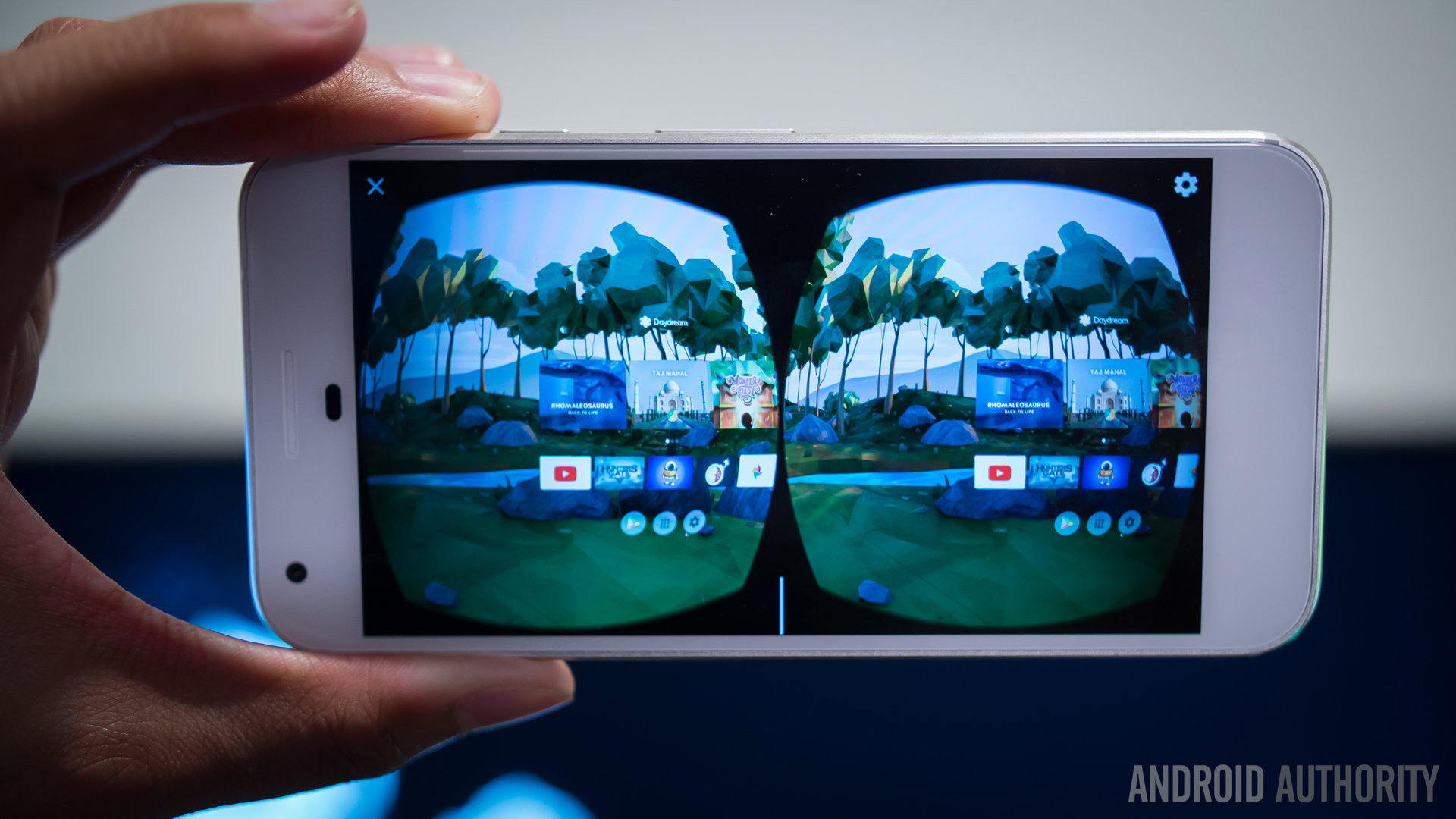
As we mentioned, much of this push is being driven by the demands of virtual reality applications. Faster refresh rates can help in the battle towards lower latency – so long as the processing hardware is fast enough – and less screen tearing can help to prevent nausea, with both combined looking to produce an all-round better experience for the viewer.
Syncing display refresh rate to the GPU output avoids screen tearing and can save on battery life when a high frame rate isn't required.
Android is a little behind the curve in the frame rate regard though. While the Oculus Rift and HTCVive tout 90Hz refresh rates, the Gear VR is stuck on 60Hz and Google’s Daydream varies depending on the connected device, but is presumably locked to 60Hz for most handsets.
A higher refresh rate isn’t a cure all for a smooth VR experience though. After all, you need to be able to render a high frame rate output consistently and process sensor data quickly too. The limited power, thermal, and processing budgets in smartphone products make AAA, high frame rate gaming unlikely, but that doesn’t mean that less demanding VR and AR experiences can’t also benefit from smoother frame rates.
Instead, variable refresh rates might be the driving force behind superior mobile VR and AR experiences. By retaining enough processing time for low latency sensors while also syncing refresh rates to avoid any momentary stutters, perception should be smooth enough to avoid most headaches. Not only that, but adaptive refresh rates can help save on energy when displaying static images or low frame rate video, while also enabling a higher peak output on capable devices.
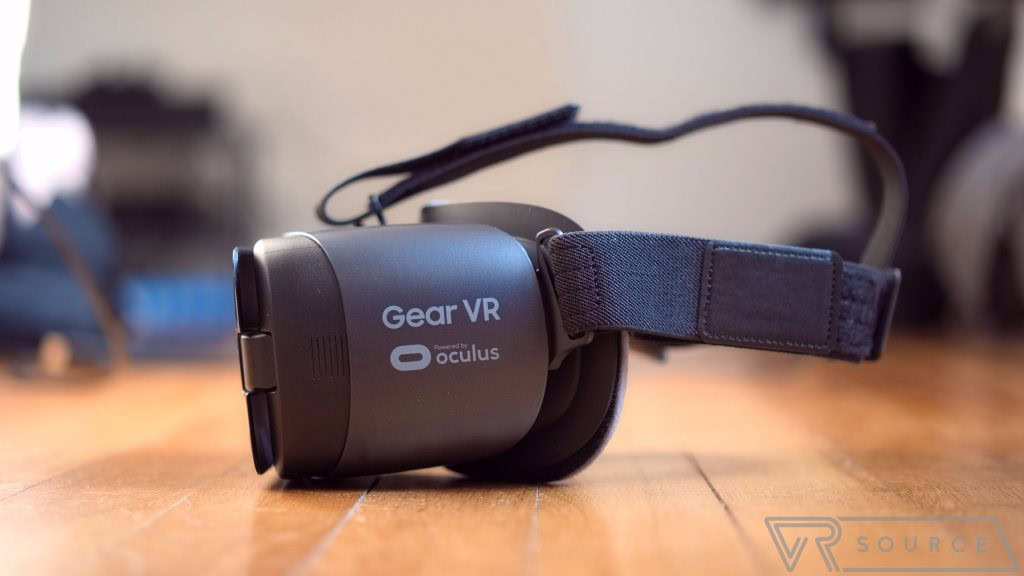
Wrap Up
High and variable refresh rate panels are already a big seller in the PC gaming space and we’re likely to see an increasing drive towards the technology in the mobile space too. Apple’s latest iPad, Sharp’s Aquos series, and the Razer Phone may just be forerunners of the next major trend in mobile display technology.
Support is already there in existing hardware, so it’s now up to mainstream Android manufacturers and third-party software vendors to implement support. The technology certainly isn’t a gimmick when it comes to virtual reality applications, but whether or not 90Hz, 120Hz, or even higher rates end up becoming a standard for smartphones might well depend on the future market penetration and success of VR – an issue that’s still very much an unanswered question.